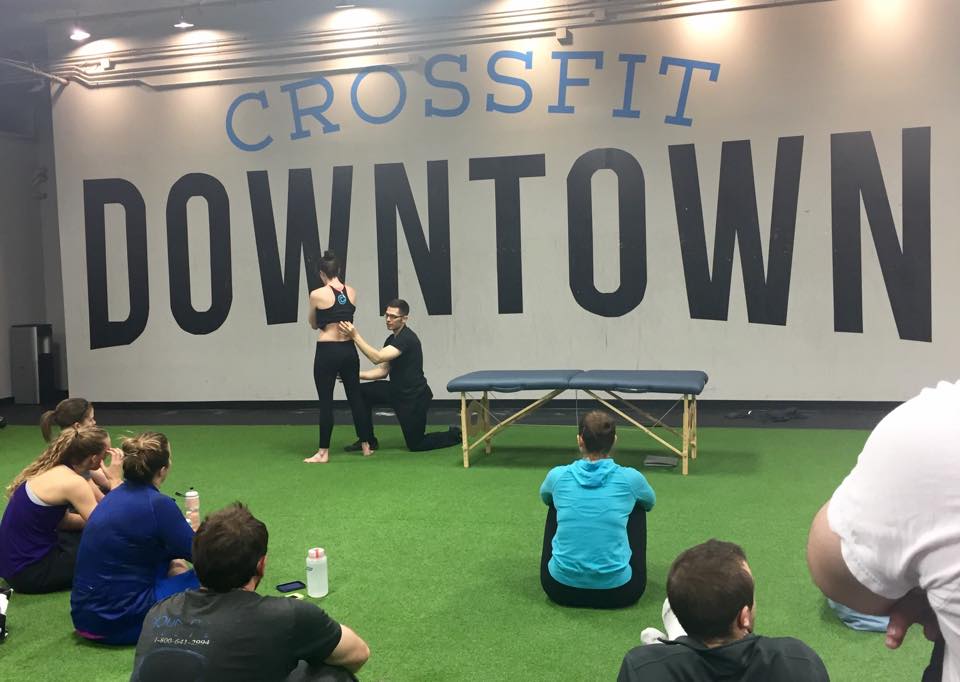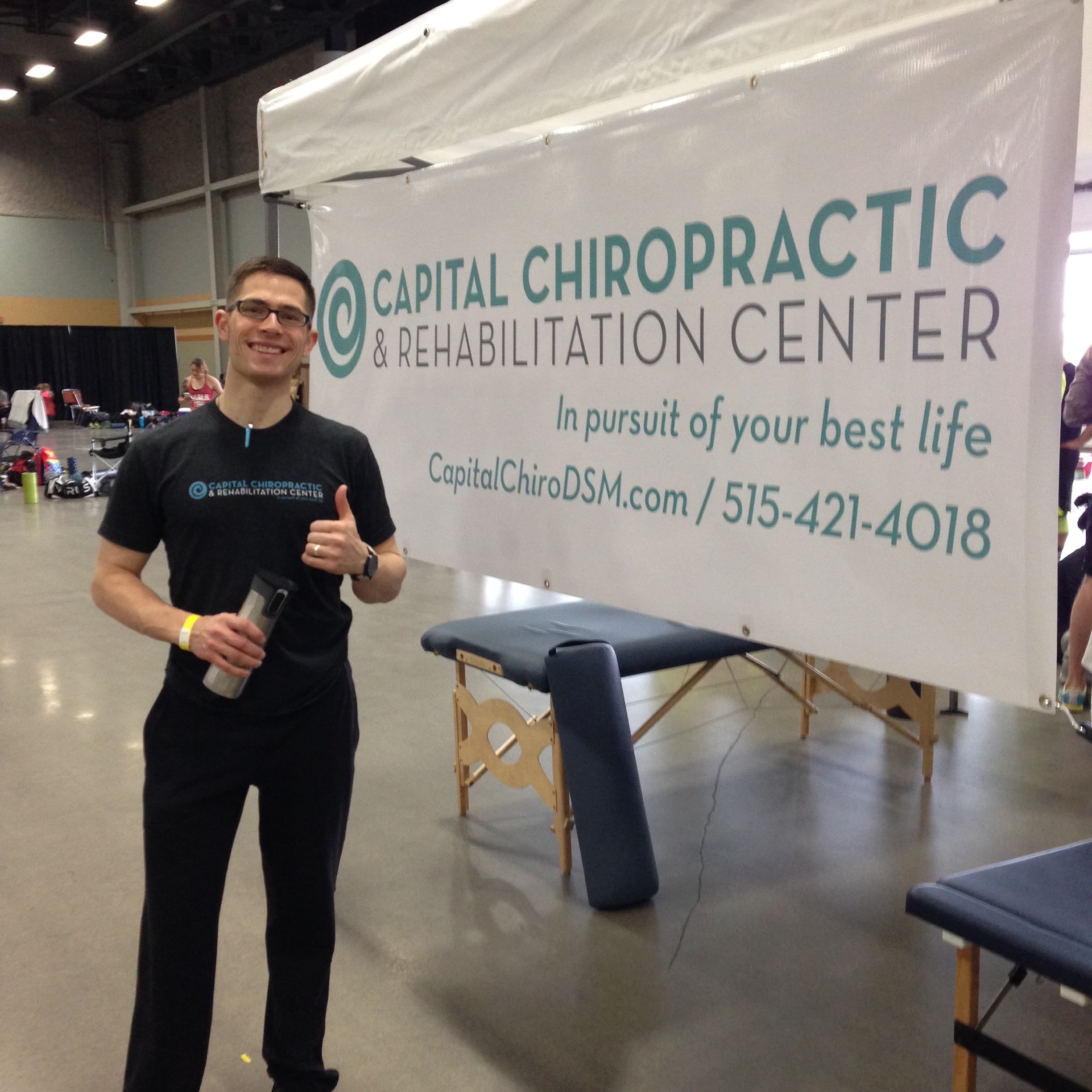
Stability Before Mobility
Mobility is a tremendous buzzword in sports and rehabilitation. And, without a doubt, mobility is very important. Muscles and joints are meant to move, and to move often and without restriction.
However, what is often overlooked, is the need for stability in certain areas of the spine and extremities. Often, when we lack stability, our body has to compensate. Unfortunately, when your body compensates, it does so by reducing our mobility. Muscle tightness and joint restrictions are often the result.
We must look at movement patterns to first address lack of stability, before we address mobility. Otherwise, we end up focusing on mobility too much, and we miss the big picture. This is like trying to bailing water from a boat, rather than plugging the hole.
Although this concept has existed for decades throughout Eastern Europe, this new paradigm is only now making an impact here in the United States.
In the Stability Before Mobility Workshop Series, we introduce this new paradigm for understanding a body in motion. We break it down with exercises, cues, and tangible demonstrations and equip participants with specific movements to improve their performance immediately after the workshop.
Interested in booking a workshop series for your team, at your gym, yoga studio or facility? We’d love to help out. Please reach out to us here.

The Workshops
In this workshop series, we will look at abdominal (diaphragmatic) breathing, core stability, shoulder stability, and stability of the cervical spine. We will analyze several different functional movements and sport specific movements in order to identify ways to improve the strength and stability of these postures. With a focus on movement patterns, we look to increase your strength and reduce risk of injury in your athletic performance and also your activities of daily living.
Proximal Stability for Distal Mobility – The New Paradigm for Athletic Performance
In the workshop series, we implement a modern approach to core stability and athletic performance. Utilizing the the fundamentals of movement from the Prague School of Rehabilitation and Manual Medicine, we implement the most progressive concepts of movement and function to help you in pursuit of your best life. We address common misconceptions about strength, elucidate old paradigms of core stability, lifting strategies and find out where you can improve in your athletic performance.
Diaphragmatic Breathing
There is significant importance for proper diaphragmatic activation during movement and activation of the deep stabilizing system of the spine (DSSS). We must think about expansion throughout the lumbar spine and abdomen in order to appropriately activate proper movement patterns. Without this activation, the body will compensate with poor movement patterns.
Cervical Spine Stability
The cervical spine is a very important part of your anatomy. If your cervical spine is not in a proper postural position, compensations will occur to stabilize it. Now, posture doesn’t just mean sitting tall, we must look at dynamic movements in order to determine if stability exists. If you are performing movements that are too difficult for your current stability, you will be encouraging poor motor patterns.
Shoulder Stability
Your shoulder girdle is an integral and complex piece of anatomy. If we lose stability of the shoulder girdle, our body compensates with activation of cervical spine musculature. Think about drawing your shoulder blades down and out, but also engage the serratus anterior to keep your rib cage ‘glued’ to your scapula.
Dynamic Kinetic and Postural Strategies for Athletic Performance
In this workshop, we bring together all physiological movement patterns covered in previous workshops to implement a comprehensive strategy for stability, control, and performance.
Goals
Increase your knowledge of biomechanics and anatomy, proper movement patterns, as well as proper alignment, or joint centration throughout all athletic movements.
Interested in booking a workshop series for your team, at your gym, yoga studio or facility? We’d love to help out. Please reach out to us here.

Offering a Functional Perspective
Where others might suggest tighten your back. We say expand your abdomen and stay neutral.
They may suggest to look up at the sky. We say keep the back of your neck long.
They may suggest to put your belly button to your spine. We say push out your belly and brace.
They say roll out. We say stability before mobility.
These are just a few examples of the standard athletic training perspective you may receive versus a more modern approach to strength and stability.
These methods result in decreased injuries, increased PRs, improved performance and decreased pain.
